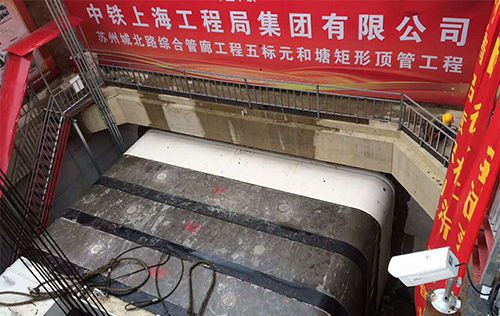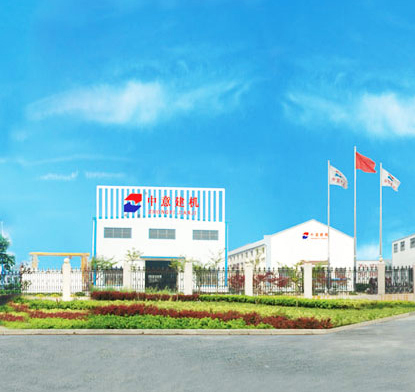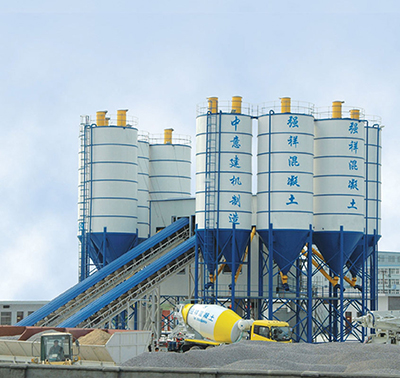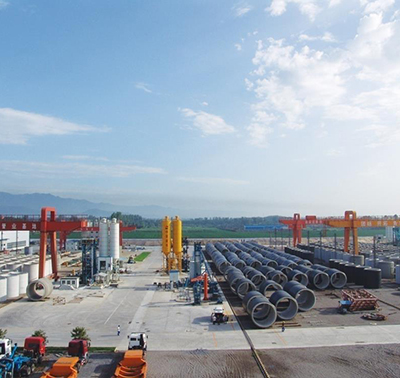Sino-Italian construction machine tells you how cement is produced?
Cement: Powdery hydraulically inorganic cementitious material. After mixing with water, the slurry can harden in air or better in water, and can firmly bind sand, stone and other materials together.
The mixture of early lime and pozzolanic ash is very similar to modern lime pozzolanic cement. The concrete made by using it to cement crushed stone not only has higher strength after hardening, but also can resist the erosion of fresh water or brine. For a long time, as an important cementitious material, it has been widely used in civil construction, water conservancy, national defense and other projects.
The production process of Portland cement is representative in cement production. It is made of limestone and clay as main raw materials, crushed, proportioned and ground into raw materials, then fed into cement kiln to calcine mature materials, and then ground clinker with appropriate amount of gypsum (sometimes mixed materials or additives).

Cement production is different with raw meal preparation methods, which can be divided into dry method (including semi-dry method) and wet method (including semi-wet method).
Dry production. The method of drying and grinding raw materials at the same time, or first drying and grinding raw materials into powder and then feeding them into dry kiln to calcine mature materials. But there is also a method of adding raw meal powder to a proper amount of water to make raw meal balls and feeding them into Lipol kiln to calcine mature materials, which is called semi-dry process, and it is still one of dry production methods.
New Dry Cement
The new dry cement production line refers to the cement produced by the new technology of decomposition outside kiln. Its production takes suspension preheater and kiln decomposition technology as the core, adopts new raw materials, fuel homogenization and energy-saving grinding technology and equipment, and adopts computer distributed control throughout the production line to realize the automation of cement production process, high efficiency, high quality, low consumption and environmental protection.
New dry-process cement production technology developed in 1950s. In developed countries such as Japan and Germany, the productivity of new dry-process cement clinker with suspension preheating and pre-decomposition as the core accounts for 95%. The first suspension preheating and pre-decomposition kiln in China was put into operation in 1976. The advantages of this technology are: rapid heat transfer, high thermal efficiency, higher output per unit volume and lower heat consumption than wet cement.

Wet production. The raw material is ground into raw material slurry by adding water and then fed into a wet kiln to calcine the mature material. There is also a method of dewatering raw slurry prepared by wet method to make raw material into kiln to calcine mature material, called semi-wet method, which is still one of wet production.
The main advantages of dry process production are low heat consumption (e.g. dry process kiln clinker with preheater consumes 3140-3768 coke/kg). The disadvantage of dry process kiln clinker is that the composition of raw material is not uniform, the dust in workshop is high and the power consumption is high. Wet production has the advantages of simple operation, easy control of raw material composition, good product quality, convenient slurry transportation and less dust in workshop. The disadvantage of wet production is high heat consumption (clinker heat consumption is usually 5234-6490 coke/kg).
Cement production can generally be divided into three processes: raw material preparation, clinker calcination and cement production. The whole production process can be summarized as "two grinding and one burning".








